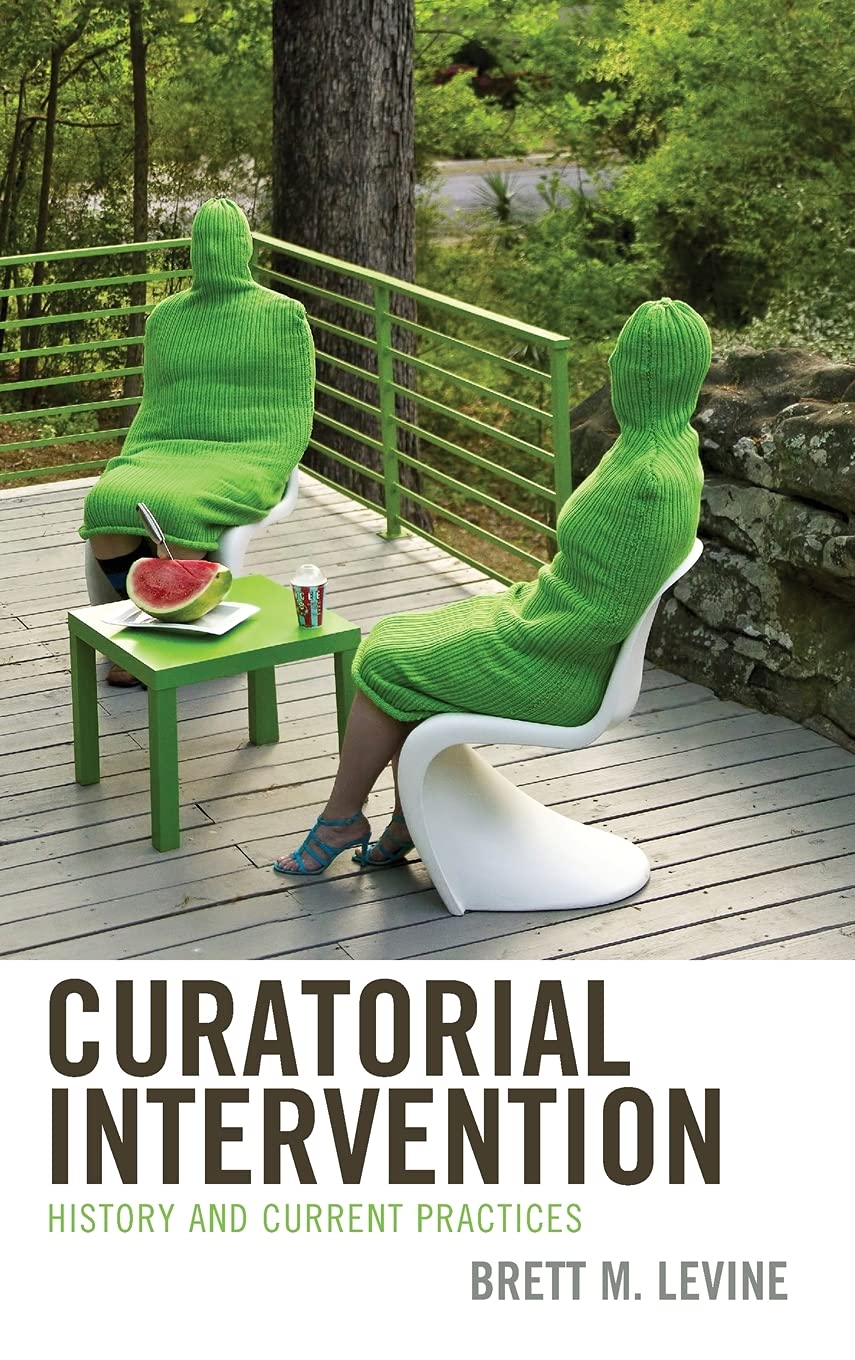

Most ebook files are in PDF format, so you can easily read them using various software such as Foxit Reader or directly on the Google Chrome browser.
Some ebook files are released by publishers in other formats such as .awz, .mobi, .epub, .fb2, etc. You may need to install specific software to read these formats on mobile/PC, such as Calibre.
Please read the tutorial at this link: https://ebookbell.com/faq
We offer FREE conversion to the popular formats you request; however, this may take some time. Therefore, right after payment, please email us, and we will try to provide the service as quickly as possible.
For some exceptional file formats or broken links (if any), please refrain from opening any disputes. Instead, email us first, and we will try to assist within a maximum of 6 hours.
EbookBell Team

4.4
32 reviewsCuratorial Intervention: History and Current Practice, is a critical analysis of the dynamic roles curators play in shaping, mediating and, at times, redefining the artist-audience exchange.
Focusing on contemporary curatorial practice, this work critically examines the ways in which curators impact artists’ intentionality, and how this alters audiences’ experiences of reception. Through discussions with leading artists, curators, and arts administrators, Brett Levine posits a new paradigm for defining and contextualizing curatorial practice, while exploring how the former dialectic of intention and reception is today defined by the triad intention-intervention-reception. After situating the more traditional artist-audience relationship, he explores how extant theories of the art experience fail to either provide for curatorial practice or contextualize its operations while also overlooking questions of transparency, agency, and power.
Offering a new professional and operational model, Curatorial Intervention highlights how the artist-curator and curator-audience relations displace and, at times redefine, the experience of works of art. In response to the disenfranchisement of curatorial practice, and the emergence of every act of discernment being transformed into curating—as little more than a fashionable pastime—the author reasserts the dynamic roles that exist between artist, curator, and audience, and between object, operation, and experience.